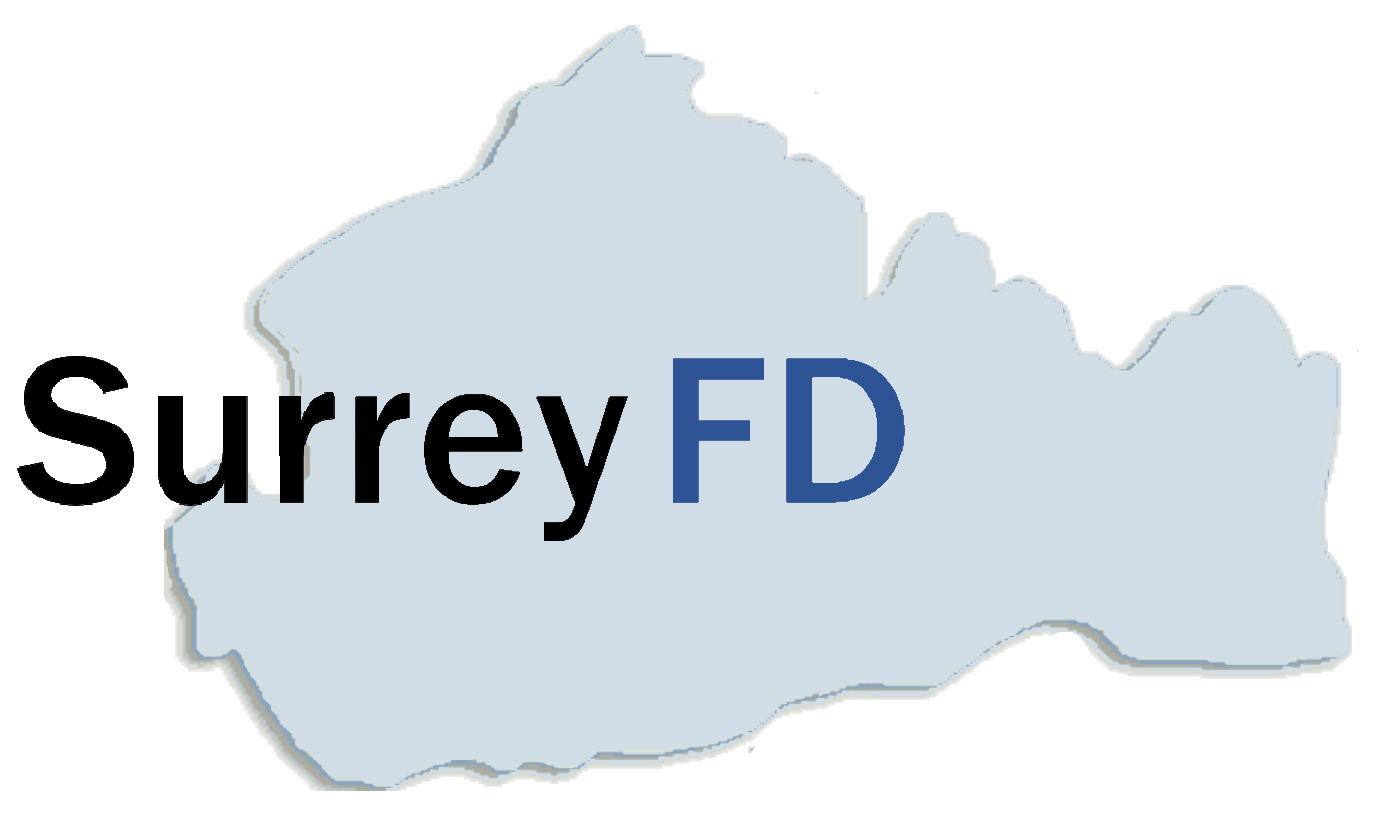For many years the default accounting software choice for small companies has been Sage – Instant Accounts for micro companies and Line 50 or 100 for small and medium enterprises. With a huge share of the SME market, Sage have been able to dominate the sector for years whilst offering customers only small changes in functionality. Users have been pushed to buy annual maintenance packages, with support being withdrawn from older versions, forcing them to work with unsupported software or splash out on upgrades.
This has now started to change, as cloud-based packages from companies such as New Zealand’s Xero, offer a whole new set of features at considerably lower prices. This has started to eat into Sage’s market share: With around 100,000 users in the UK and over 600,000 users worldwide, Xero reported year-on-year growth in 2014 of 80% making them the world’s fastest growing accounting software company. Sage, with annual growth in single digits, is finally starting to stir. Their recently installed CEO Steven Kelly admitted they had been slow to adapt to the cloud-based approach and would need to catch up. At the Sage Summit last August, Kelly also promised to end forced end-of-life migrations to new versions.
Sage One launched in 2011 and by June 2015 had built up 92,000 customers in the UK, charging £10 per month, the same as Xero. However, this is hardly stellar growth and only represents a tiny fraction of Sage’s total revenue of £1.4bn. Their website boasts how they had developed Sage Live, a cloud based successor to Line 50, in just 26 weeks, although apart from a rather irritating video, there’s very little information on their website about it. And importantly no pricing information. So maybe not quite live yet…
I went to talk at Chartered Accountants Hall recently on the impact of automation and digitisation on the accountancy, where one of the speakers was Xero’s UK Managing Director, Gary Turner. Gary was quite sure that over the next few years the impact of software developments – particularly the move to cloud based solutions – on work practices and employment in the accountancy profession, would be seismic.
It seems to me that the one of the biggest step changes for SME accounting software would be the automation of the point where an accounting transaction is first created – be it an expense claim, purchase order or employee timesheet, requiring no further processing. Both Xero and Sage have started to grasp this; for example, using smartphone cameras to image receipts for expenses claims. Both packages also link into users bank accounts, enabling bank reconciliations to be automated, getting rid of another time consuming chore. I’m sure this is just the start. Expect the accounting landscape in five years’ time to be radically different…

